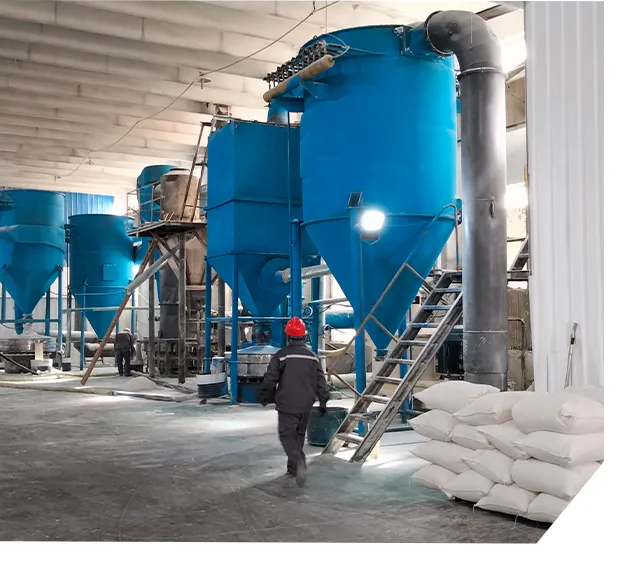Chemicals for Making Cement
Cement is a crucial material in the construction industry, acting as a binder that holds together aggregates such as sand and gravel to form concrete. The production of cement involves several key chemicals, each playing a vital role in the final properties of the cement and, subsequently, the concrete. Understanding these chemicals and their functions can provide insights into the manufacturing process and its significance in construction.
Chemicals for Making Cement
Another essential component is clay or shale, which supplies silica (SiO2), alumina (Al2O3), and iron oxide (Fe2O3). These materials react with lime during the clinker formation to produce various calcium silicates, which impart strength and durability to the cement. The balance of these raw materials is crucial; too much or too little of any component can lead to ineffective cement with compromised strength.
chemicals for making cement

Once the limestone and clay are mixed and heated in the kiln, the resulting product is known as clinker. Clinker comprises several minerals, including alite (C3S), belite (C2S), tricalcium aluminate (C3A), and tetracalcium aluminoferrite (C4AF). Each of these minerals plays a distinct role in the properties of cement. Alite, for instance, is primarily responsible for the strength gained in the first few weeks after mixing, while belite contributes to long-term strength development.
After clinking, the material is cooled and ground into a fine powder. To enhance the properties of the cement, various additives are often included in the grinding process. Common additives include gypsum, which controls the setting time of the cement, and other materials such as fly ash or slag, which can improve workability, durability, and resistance to sulfate attack. Fly ash, a byproduct from coal combustion, can replace a portion of Portland cement in the mix, reducing the carbon footprint of concrete production.
The production of cement also poses environmental challenges primarily due to CO2 emissions released during the calcination of limestone. Consequently, the industry is exploring alternative materials and processes, such as the use of alternative cementitious materials that can lower emissions and improve the sustainability of construction practices.
In summary, the chemicals involved in making cement are fundamental not only for the structural integrity of the finished concrete but also for mitigating environmental impacts. From the sourcing of materials like limestone and clay to the incorporation of beneficial additives, each step in the cement manufacturing process is essential in creating a product that meets the demands of modern construction. Understanding these chemical processes invites innovation and sustainable practices in one of the world's oldest industries.
-
Rdp Powder: Key Considerations for Wholesalers in the Building Materials IndustryNewsJul.08,2025
-
Key Considerations for Wholesalers: Navigating the World of Hpmc - Based ProductsNewsJul.08,2025
-
Hpmc Detergent: Key Considerations for WholesalersNewsJul.08,2025
-
Key Considerations for Wholesalers: China Hpmc For Tile Adhesive, Coating Additives, Concrete Additives, and MoreNewsJul.08,2025
-
Crucial Considerations for Wholesalers: Navigating the World of Construction MaterialsNewsJul.08,2025
-
Key Considerations for Wholesalers Sourcing Additive For Cement, Additive For Concrete, Additive For Putty from Additive Manufacturer Shijiazhuang Gaocheng District Yongfeng Cellulose Co., Ltd.NewsJul.08,2025




